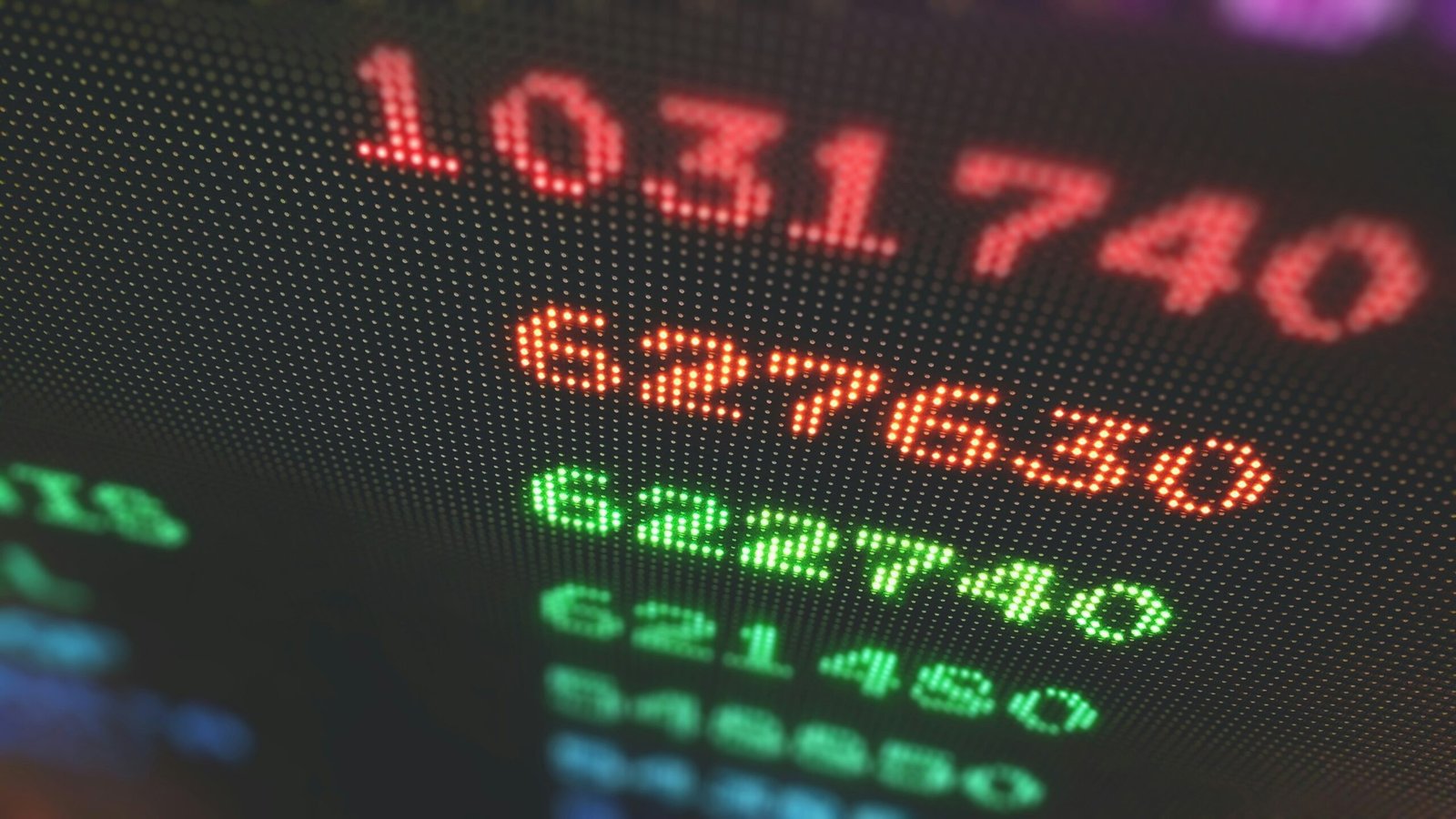If you’re looking to navigate the intricate world of European stocks, the Stoxx 600 Index is a critical player you should know about. This index serves as a barometer for Europe’s largest companies, encompassing diverse sectors and countries. Whether you’re an experienced investor or just starting out, understanding what makes this index tick can provide valuable insights into market trends and investment opportunities. From its historical roots to current performance dynamics, there’s much to explore. Let’s dive into everything you need to know about the Stoxx 600 Index and how it shapes the investment landscape in Europe.
History and Background of the Index
The Stoxx 600 Index was introduced in 1998, designed to provide a comprehensive benchmark for Europe’s equity market. It covers companies across 17 European countries, making it an essential tool for investors.
This index includes large, mid, and small-cap stocks from various sectors. Its goal is to reflect the overall performance of the European stock market.
Initially launched by Stoxx Ltd., a joint venture between Deutsche Börse and SIX Swiss Exchange, it quickly gained popularity among fund managers and institutional investors. The methodology behind the index ensures that it adapts to changing market conditions.
Over time, adjustments have been made for mergers or bankruptcies to maintain its relevance. As Europe’s economy evolves, so does the Stoxx 600—serving as both a barometer and guide through financial landscapes.
Components and Weights of the Index
The Stoxx 600 Index is a diverse collection of stocks representing various industries across Europe. It includes companies from 17 countries, making it a robust indicator of the region’s economic health.
Each component company has its own weight within the index, which is determined by market capitalization. Larger companies naturally carry more influence on the index’s performance. This means that movements in big players can sway overall results significantly.
Sectors like technology, healthcare, and financials often dominate the list of constituents. However, changes can occur as markets evolve or during periodic rebalancing efforts.
Investors keenly watch these components since they reflect broader trends and shifts in investor sentiment across Europe. Understanding this structure helps navigate potential opportunities and risks tied to the Stoxx 600’s fluctuations.
Performance and Comparisons to Other Indices
The Stoxx 600 Index has displayed impressive performance, especially when viewed in the context of its peers. This index often serves as a benchmark for European equities, encompassing large, mid, and small-cap companies across 17 countries.
When measured against other indices like the FTSE 100 or DAX, the Stoxx 600 typically showcases resilience during market volatility. Its diversified nature helps smooth out fluctuations that may impact individual sectors or regions.
Investors frequently compare it to the S&P 500 to gauge how Europe stacks up against US markets. While both indices have their strengths, trends within the Stoxx 600 can reveal unique opportunities driven by regional economic shifts.
Recent years saw significant rallies in tech and green energy stocks within this index. Such movements attracted attention from global investors looking for growth prospects outside traditional markets.
Understanding these dynamics is essential for anyone considering investments linked to fintechzoom.com Stoxx 600.
Impact of COVID-19 on the Stoxx 600 Index
The COVID-19 pandemic significantly impacted the Stoxx 600 Index, shaking European markets to their core. In March 2020, uncertainty gripped investors as lockdowns began across the continent. The index saw a dramatic decline as panic selling ensued.
Industries such as travel and hospitality were hit hardest, leading to substantial losses for companies within those sectors. This turmoil highlighted the vulnerability of certain industries in times of global crisis.
However, recovery followed relatively swiftly for some segments. Technology and healthcare stocks surged as demand for digital services and medical solutions increased dramatically during the pandemic’s peak.
Investors closely monitored government responses across Europe, which also influenced market sentiment. Stimulus packages offered by various countries provided relief but raised questions about long-term economic stability.
As vaccination programs rolled out, confidence returned gradually to markets, prompting a resurgence in stock prices within the Stoxx 600 Index.
Future Outlook for the Index
The future of the Stoxx 600 index appears to be shaped by several key factors. As Europe strives for economic recovery post-pandemic, investor sentiment is shifting positively.
Increased governmental support and stimulus packages may fuel growth across various sectors represented in the index. This could lead to an uptick in stock prices as companies rebound from recent challenges.
Technological advancements are also playing a crucial role. The rise of fintech solutions is transforming traditional businesses within the index, providing new opportunities for expansion and innovation.
Sustainability trends cannot be overlooked either. With European markets emphasizing green initiatives, firms focusing on sustainability could see substantial gains.
As global economic conditions evolve, monitoring geopolitical developments will remain critical for investors looking at this benchmark index’s performance moving forward.
Conclusion: Is Investing in the Stoxx 600 a Good Choice?
Investing in the Stoxx 600 Index presents both opportunities and challenges. As Europe’s leading stock index, it offers exposure to a diverse range of sectors across multiple countries. This diversity can help mitigate risks inherent in more concentrated investments.
The historical performance of the Stoxx 600 shows its resilience during market fluctuations. However, like all indices, it is susceptible to economic changes and global events such as the COVID-19 pandemic which has reshaped many markets.
When considering an investment in the Stoxx 600, it’s essential to evaluate your financial goals and risk tolerance. The index’s composition allows for potential growth but also carries volatility associated with European markets.
For those looking at long-term investments or seeking diversification within their portfolios, the Stoxx 600 may be worth exploring further. Conduct thorough research or consult with a financial advisor before making any decisions regarding this index. Understanding how it aligns with your investment strategy will guide you towards making informed choices.

